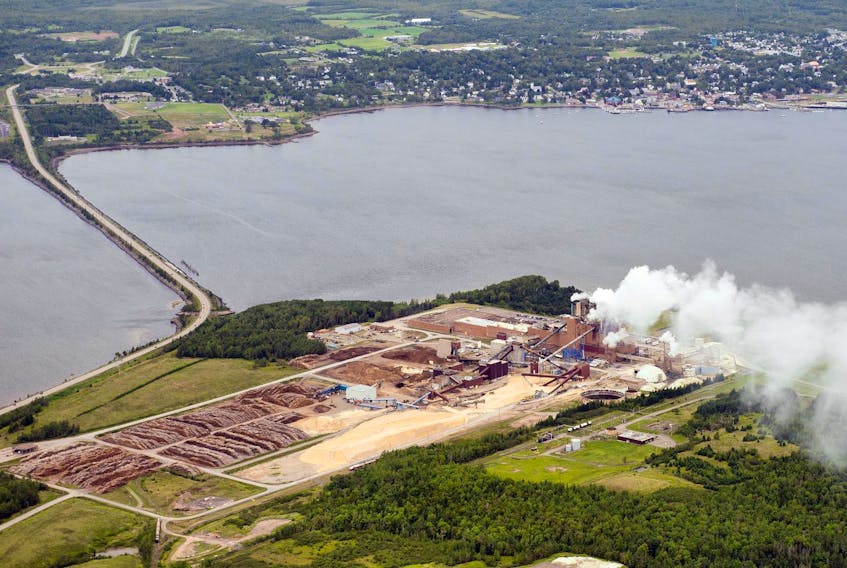The catchy subtitle, “20 years of research shows marine ecosystem can handle Northern Pulp waste,” on Jim Williams' Dec. 7 opinion piece oversimplified his statements concerning the effluent from Boat Harbour. I found his presentation nuanced, prefaced as it was by the statement: “If we can guarantee that future Northern Pulp effluent is treated to the same level as it is at the present…”
In parallel with Jim Williams, I will start by giving my credentials. I am a retired professor, editor of the Canadian Journal of Zoology and have published extensively on exercise physiology of aquatic organisms, primarily cod, trout and scallops. While not an ecotoxicologist, I have followed studies in this area for the duration of my career.
Close examination of Jim Williams’ study of the effluent from Northern Pulp raises questions concerning his comparison of the proposed and current systems and the difficulty of extrapolating into the future of this marine ecosystem.
First question
In both the print and online articles, the effluent characterized by Williams is that leaving Boat Harbour, not the effluent from the mill.
Currently, after aeration, sedimentation and dilution from freshwater inflows into Boat Harbour, the effluent exits into the Northumberland Strait. Any thermal differences are minimized by time in the lagoon. Effluent from a future treatment plant would not have this thermal equilibration period and would need aeration and sedimentation to occur within the constructed treatment facility. Williams raises several concerns about the capacity of the proposed treatment system to render the services provided by Boat Harbour. I conclude that comparing the effluent from Boat Harbour to the effluent from a pipe into the strait is like comparing apples and oranges.
Second question
While a marine ecosystem still exists after receiving Northern Pipe effluent for 50 years, the true question is what would the marine ecosystem be like if no effluent had entered the Northumberland Strait for all these years?
To assess the impact of the effluent on the marine ecosystem, Williams proposes comparing lobster landings on the two sides of the exit from Boat Harbour, but explains that this comparison is confounded by the way lobster fishing areas have been defined. The mobility of lobsters may also confound this comparison. A historical comparison (before and after the pulp mill) would be better.
Third concern
Lobster fishing is a major economic driver for Nova Scotia and there is evidence that lobster stocks are moving northeast along the Atlantic Coast, seemingly seeking cooler waters.
The Northumberland Strait is one of the warmest bodies of water in Atlantic Canada. I question the wisdom of releasing warm effluent into an already warm body of water. This concern becomes more crucial in face of ever-increasing ocean temperatures and increasing fragility of ocean ecosystems. Canada’s East Coast has already lost its legendary cod stocks; no one wants lobsters to follow this path.
I fully agree with Williams that by being so slow to comply with the Boat Harbour Act, Northern Pulp has put itself and Nova Scotians in a very difficult situation. The provincial government is in a major conflict of interest in evaluating the treatment plant, having partly financed its design. As the proposed effluent treatment affects waters touching three provinces, Environment and Climate Change Canada should carry out the environmental assessment.
Northern Pulp threatens to close unless it can extend its use of Boat Harbour beyond Jan. 31, 2020. Full-page ads and billboards around the province proclaim that “Nova Scotia Needs Forestry,” but Nova Scotia needs to stop throwing good money after bad. Most of all, Nova Scotia needs to cease this environmental racism or lose all credibility on the national and international stage.
Helga Guderley, PhD, lives in Boutiliers Pt.
RELATED:









